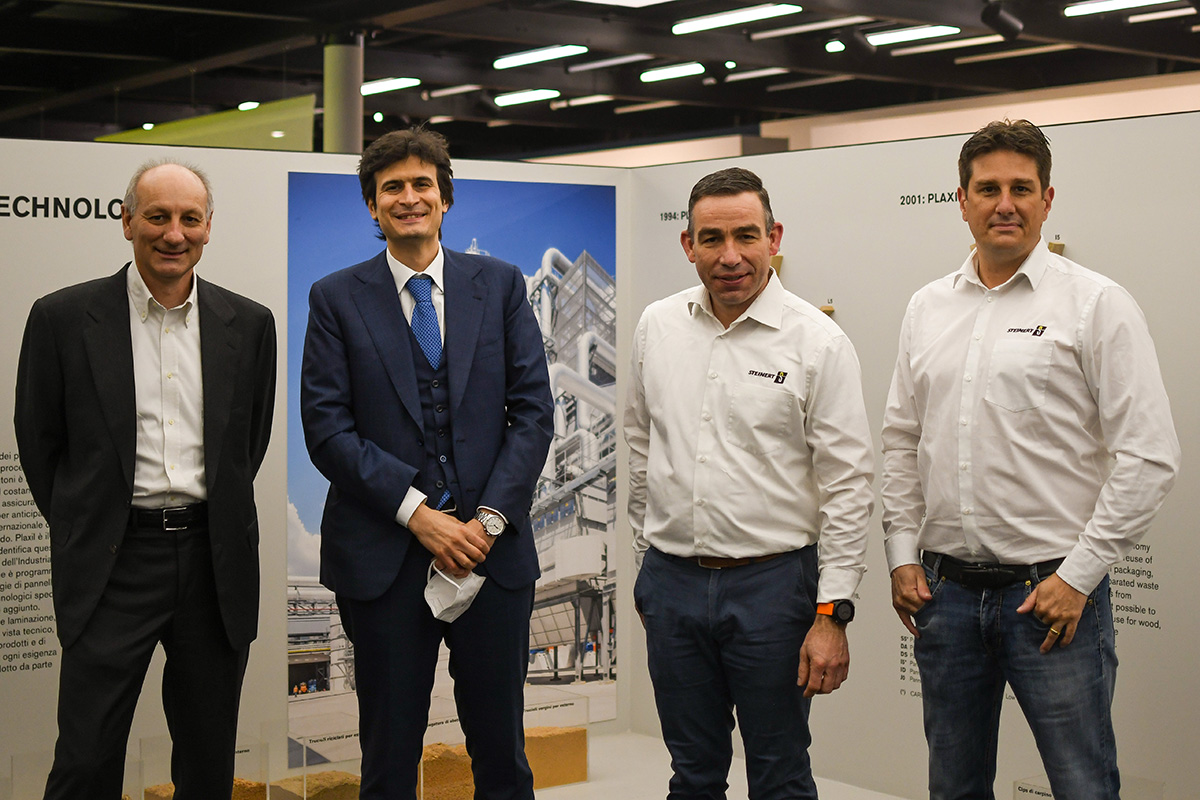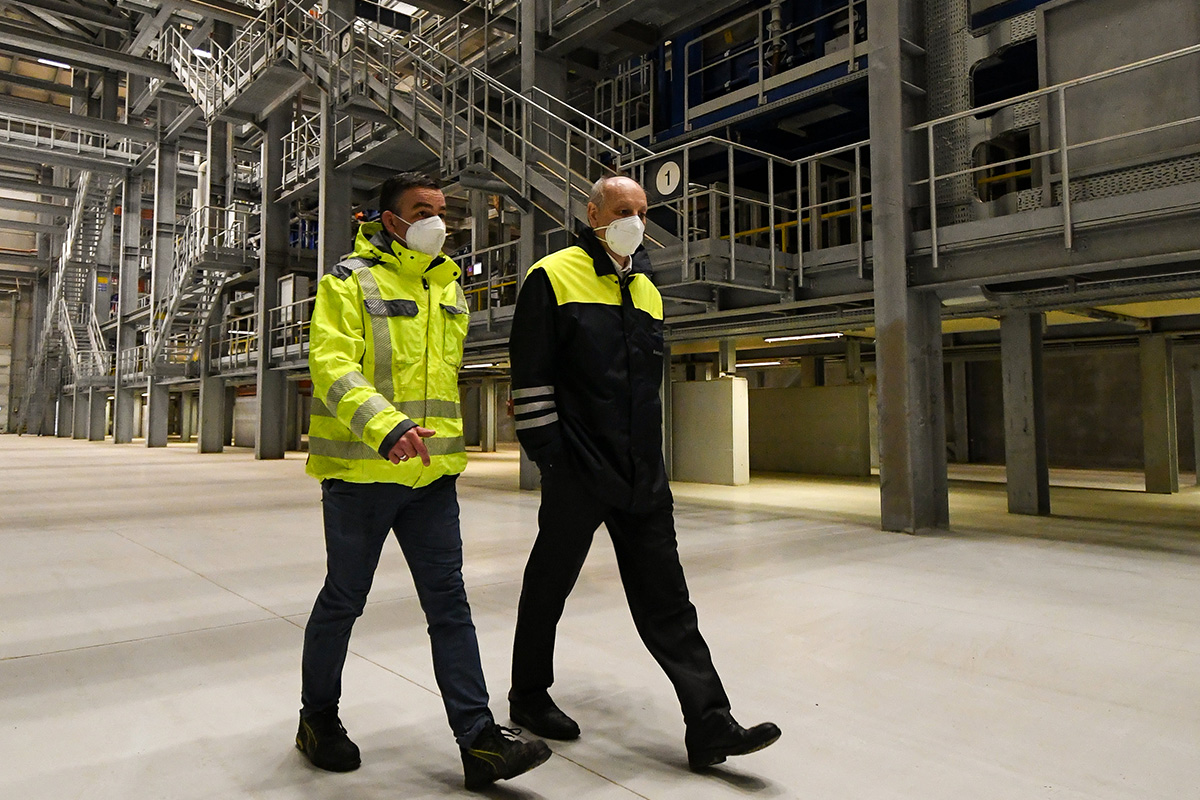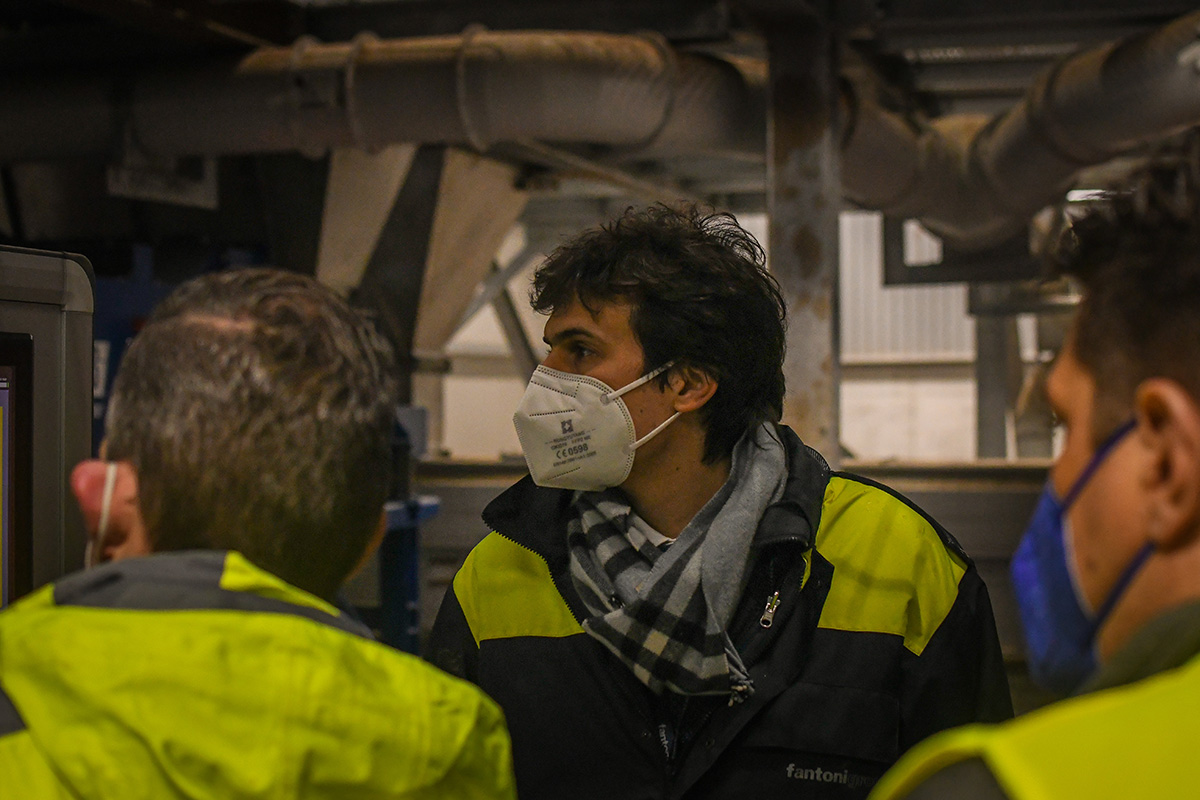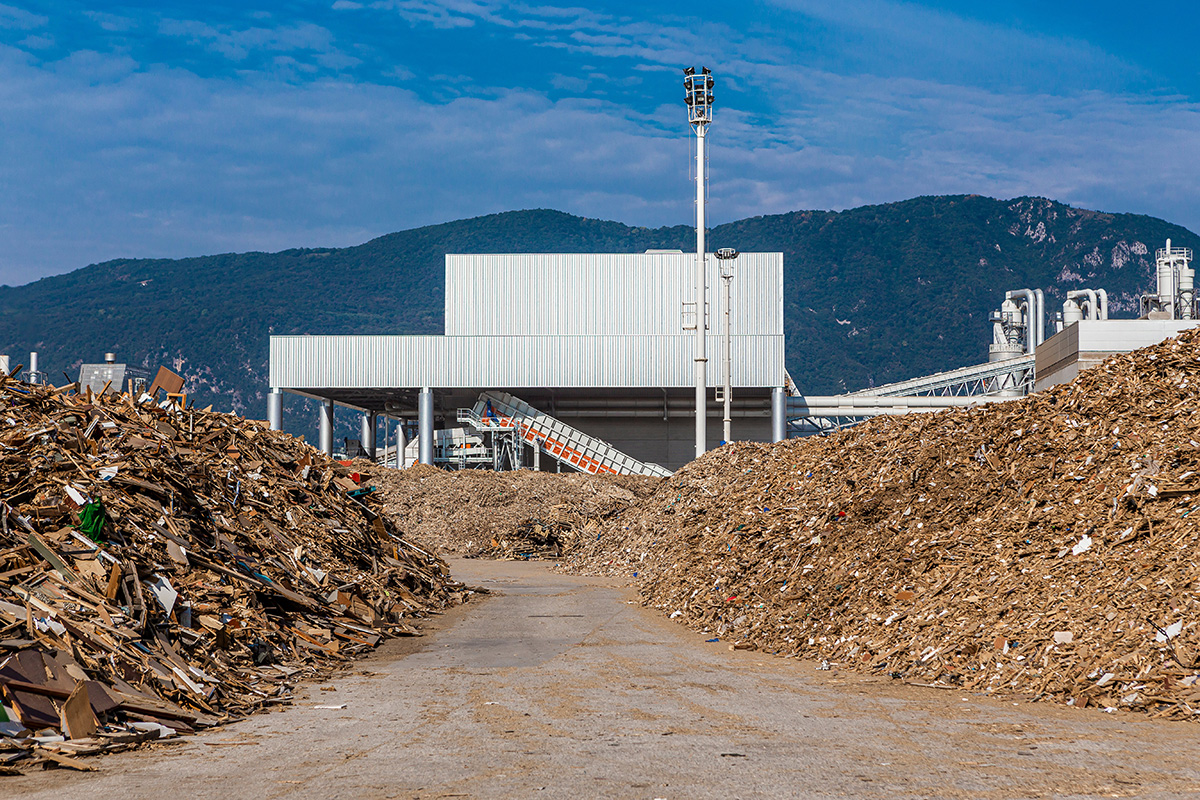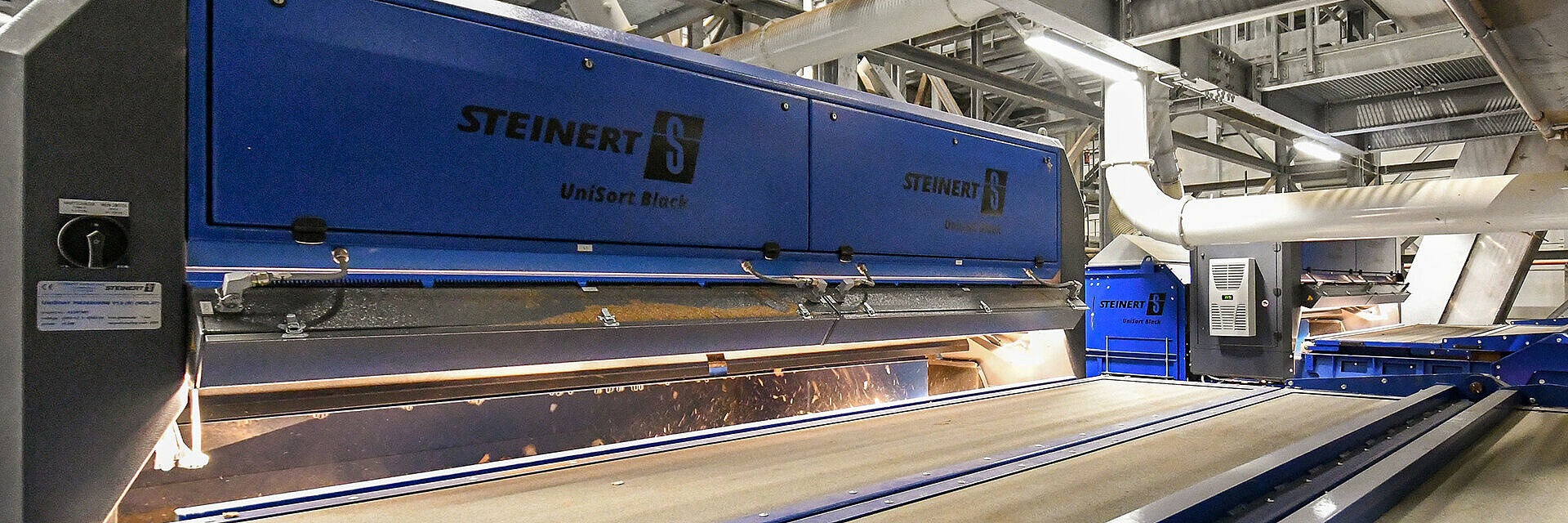
250 000 tons of sorted wood waste for the longest MDF press in Europe
Situated not far from the climate change-threatened historic centre of Venice is the headquarters of Fantoni Spa. Founded in 1882, the wood processing company has been focusing on sustainability and recycled materials in its production for over 20 years. In 2019, Fantoni decided to source these recycled materials from in-house sorting and reached out to STEINERT. This has resulted in a sorting facility for recovering 250 000 tons of furniture-grade wood a year from municipal solid waste.
Alongside the constant pressure of innovation from within the industry, Fantoni faces the chronically poor availability of fresh wood in Italy, the company’s homeland, as well as being confronted by a shortage of high-quality recyclable wood. There is also growing demand on the market for more sustainable products. At least 50% of panels are to be manufactured from recycled material by 2030, so an environmental approach to resources doesn't just make ecological sense but is an economic necessity too.
Investing in a sustainable future
Fantoni has invested €150 million in sustainability over the last four years, resulting in innovative processes, automated logistics, the longest continuous MDF press in Europe and a modern sorting facility for wood waste, which forms the basis for sustainable MDF: clean wood fibres for producing the first medium-density fibreboard (MDF) with a higher proportion of old wood than fresh wood.
Magnetic separation and sensor technology from one source
In cooperation with STEINERT, Fantoni developed a sorting concept in which impurities are removed in three steps. Once the material flow has been split into two grain sizes, metals are removed using magnet and eddy-current technology. Then X-ray and near-infrared technology cleans the wood from residues such as glass, stone and plastic, deploying exclusively STEINERT separation and sorting machines. The carefully selected and perfectly coordinated machines ensure optimum performance and therefore optimum sorting quality of the 250 000 tons of wood waste they process a year.
Making objective decisions
To safeguard its investments, Fantoni tested its own sorting material at the STEINERT Test Center at the headquarters in Cologne, Germany. “The option to do this was a key factor in our decision. Not only to get a guarantee of the sorting performance we targeted but also to be able to see the machines in action and convince ourselves of their build quality. After all, we hope they will run for 20-50 years,” reflects Umberto Meroni, Technical Director at Fantoni. "Ultimately, we were won over by the robustness of the STEINERT machines and the UniSort technology for detecting black objects, which felt more sophisticated than those of the competition.”
Working with STEINERT
The entire project phase ran through the ongoing pandemic, during a time when scope for contact and travel was increasingly complex. Marco Fantoni, member of the board at Fantoni Spa, is happy with the result and has only praise for STEINERT’s support: “We very much appreciated the STEINERT personalities. Especially during the commissioning and start-up phase, STEINERT has proven to be a reliable partner.”
A positive outlook
For Fantoni, this investment represents a milestone in MDF production, delivering a much more efficient product in both monetary and environmental terms. For the first time ever, furniture-grade wood can now be recovered from municipal solid waste. Being the first to develop and offer this system will give us significant competitive advantages”, says Marco Fantoni. The company is showing that tradition and innovation are not mutually exclusive but need one another to create history for future generations. But they are not resting on that and are keeping their sights firmly set on their long-term goal, a vision of a circular economy, and are already working on the next project.
Details of the sorting concept:
Magnet and eddy current technology for separating metals
The metal separation step is handled by STEINERT MOR and STEINERT EddyC®. STEINERT MOR are combination separators, each of which combines an extracting magnetic drum with a traversing magnetic pulley. This allows clean ferrous metal and weakly magnetisable impurities to be removed from the material flow in one process. Finally, the downstream eddy current separator with eccentric pole drum removes any remaining non-ferrous metals such as aluminium and copper.
X-ray and near-infrared technology for 98% purity
Remaining impurities are separated in the last two steps. Two STEINERT XSS®T EVO 5.0 X-ray sorting systems are used for the dry density sorting of, for example, minerals and glass. Here, the design of each of the machines is adapted to its individual material flow in different grain sizes. In the final step of recovery, STEINERT UniSort near-infrared systems separate the last remaining impurities. The special feature here is that even hard-to-detect black plastics are detected by means of a Hyperspectral Imaging (HSI) sensor and can ultimately be sorted out. This guarantees no compromises when it comes to the purity of the wood fibres for subsequent processing.
About Steinert
The history of STEINERT dates back more than 130 years: the family-owned, Cologne-based business is one of the world's leading experts in sensor sorting and magnetic separation for waste and metal recycling as well as mining. With 450 employees, STEINERT generates an annual turnover of approximately EUR 180 million. In addition to 50 sales partnerships and joint ventures across the globe, the company has subsidiaries in Germany, Australia, Brazil and the USA.
Media contact
Marianne Grub
Marketing Manager




